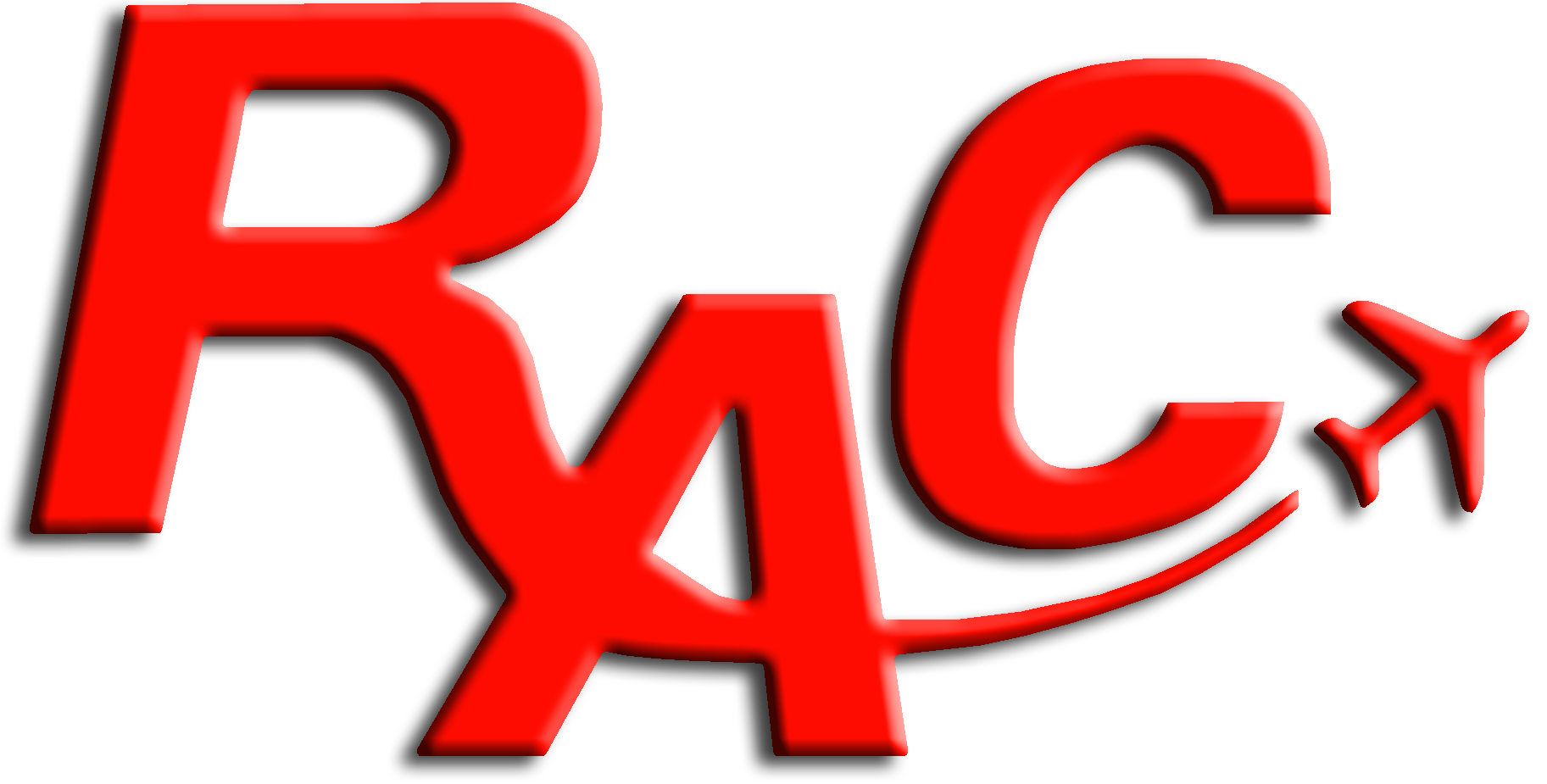Instrument Rating
Why should I pursue an instrument rating?
Without a doubt, an instrument rating will improve the skills of any pilot. The instrument rating is typically the next step after earning the private pilot certificate. Inadvertent visual flight into instrument conditions (clouds) is consistently the leading cause of weather-related general aviation accidents. By learning how to fly without outside visual references you are adding a margin of safety for yourself and your passengers. This rating is earned through intensive training, and it is arguably one of the most valuable ratings you can add to your pilot toolbox. It is a fun and challenging discipline of flight training. Additionally, an instrument rating will:
What can I do with an instrument rating?
The instrument rating will permit you to fly by reference to instruments under instrument meteorological conditions (IMC) on an IFR flight plan. With an instrument rating, flight opportunities are no longer restricted to only flying on clear weather days. The instrument rating does not automatically enable a pilot to safely fly in any type of weather conditions. It is crucial to adhere to personal minimums and apply sound risk management and decision-making principles. The instrument rating enables flight through clouds and can ease the difficulty of flying through complex and challenging airspace.
What are the requirements to earn an instrument rating?
There is no total flight-hour requirement for the instrument rating. Before you can take your practical test, you will need to have:
